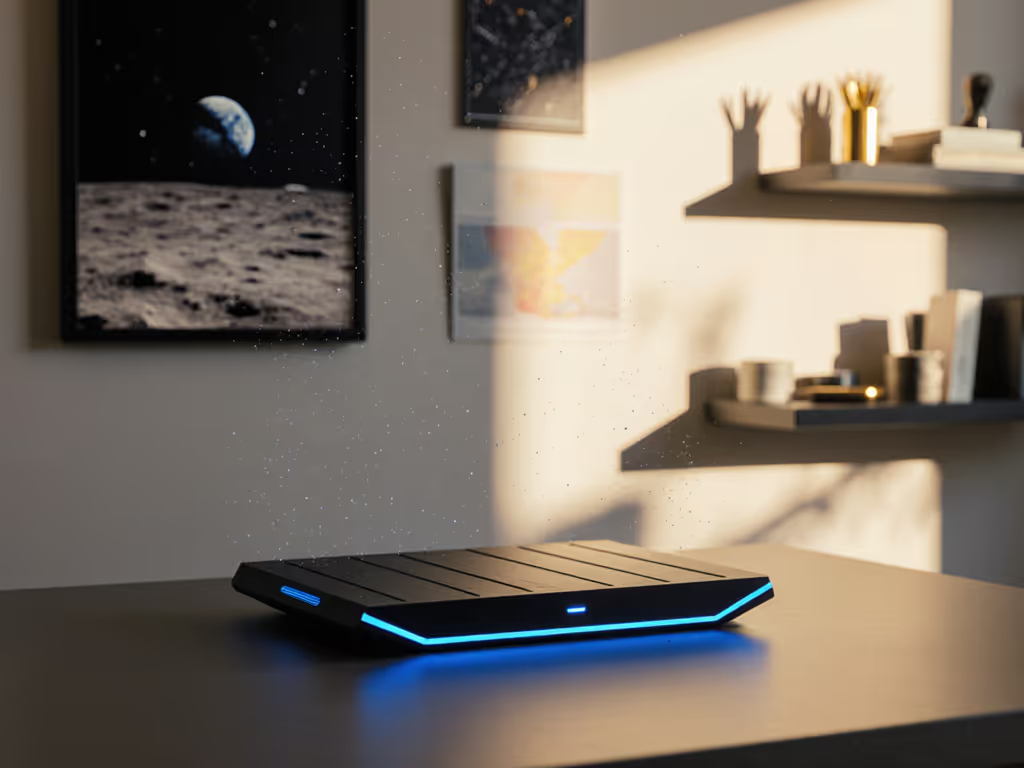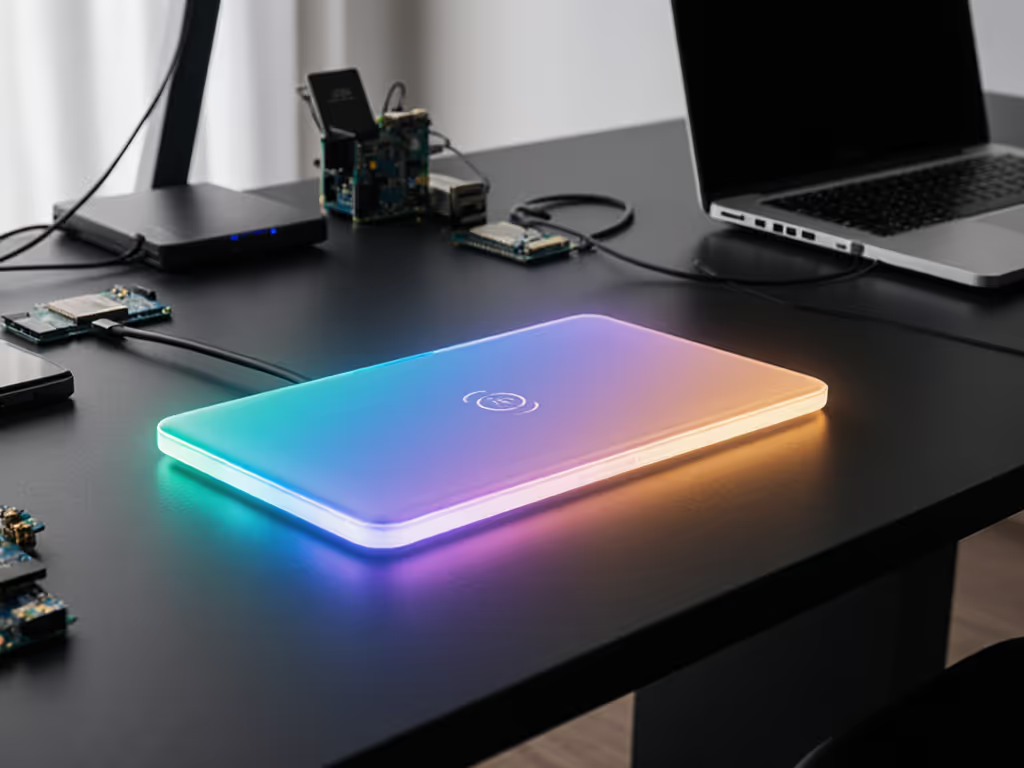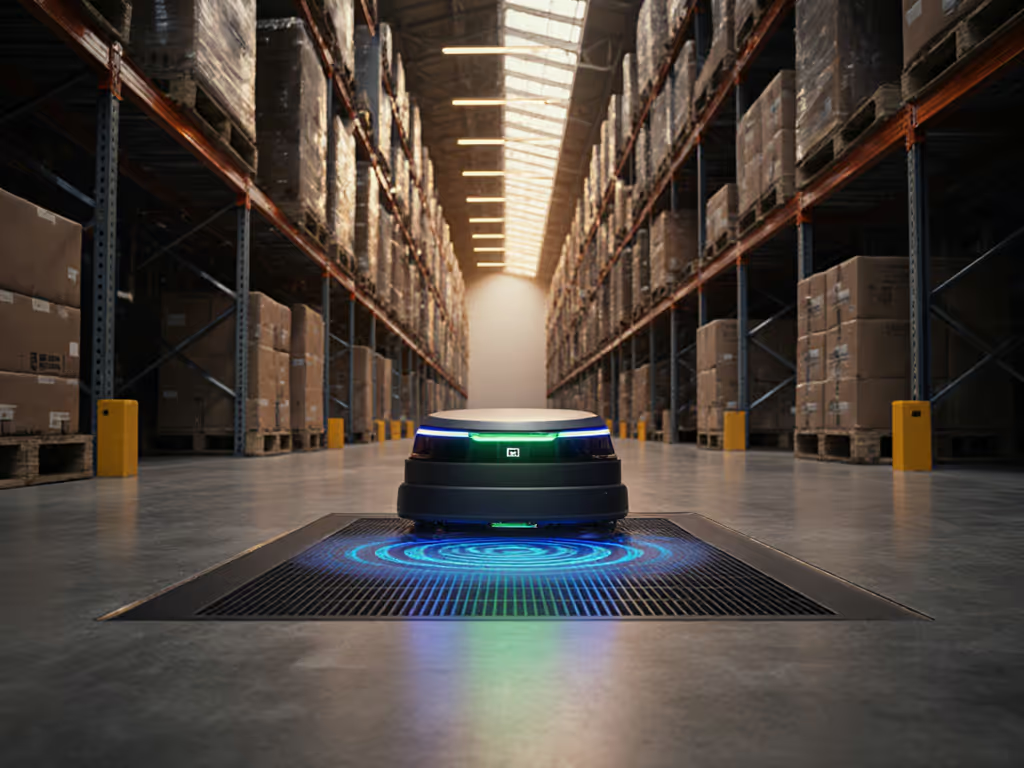
Wireless Power for Battery-Free Smart Homes
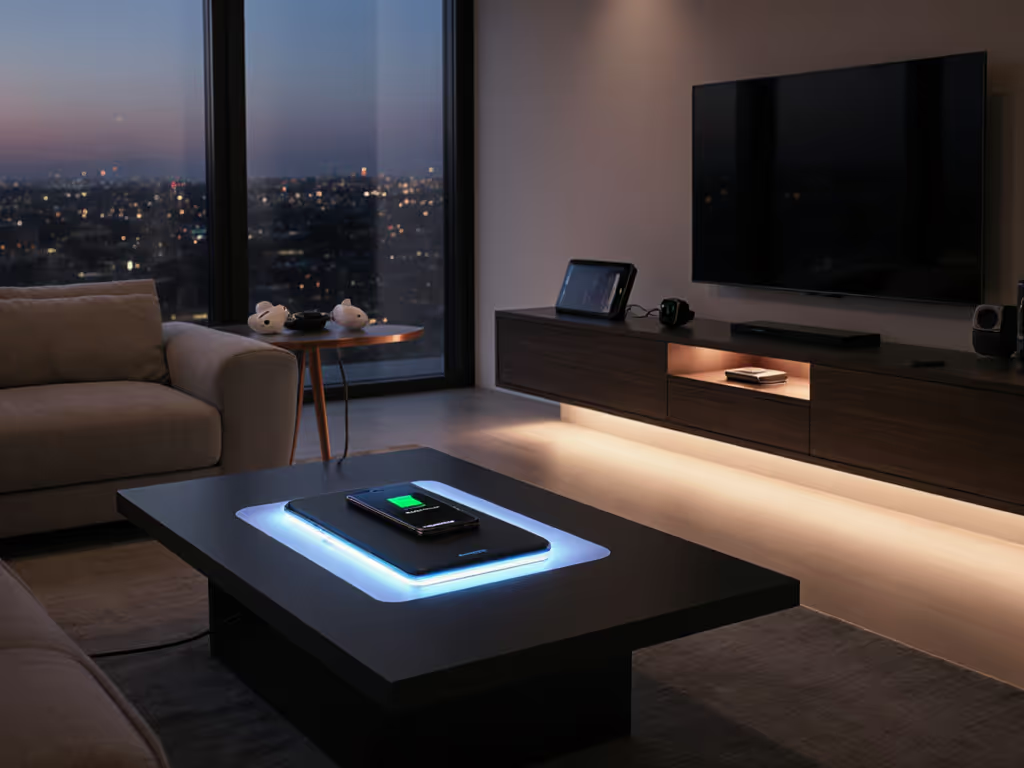
Imagine a home where smart home wireless power flows invisibly through your walls and furniture, where your auto wireless charger system keeps every device perpetually ready without a single battery swap. Calm spaces emerge when power has predictable, obvious homes. This isn't sci-fi, it's the new reality for smart homes ditching battery anxiety for seamless, always-on functionality. As a former hospitality operations lead, I've seen how hidden friction shatters tranquility. When your smart lock dies mid-entry or guests nervously hover over charging pads, you lose more than convenience, you lose the calm that makes a house feel like home.
The Hidden Cost of Battery-Dependent Smart Homes
Battery-powered smart devices promise freedom but deliver fragility. Industry reports confirm that 68% of smart home owners experience sensor failures due to dead batteries: motion sensors going dark, doorbells missing deliveries, locks refusing entry. These aren't minor hiccups; they're systemic breakdowns eroding trust in your entire ecosystem. Consider the ripple effect:
- Safety risks: A depleted smart lock leaves you scrambling for keys at 2 a.m.
- Guest chaos: Visitors fumble with unlabeled pads, damaging trust in your "smart" space.
- Wasted energy: Constant battery replacements create hidden e-waste streams. For a deeper sustainability view, see our analysis of wireless charging e-waste trade-offs.
Worse, traditional wireless charging pads treat symptoms, not causes. They require precise placement, generate heat that degrades batteries, and ignore the human element (like my parents hesitating to charge their phones in my guest room for fear of "breaking" the setup). When sensors and locks demand manual intervention, your smart home becomes a high-maintenance chore, not a sanctuary.
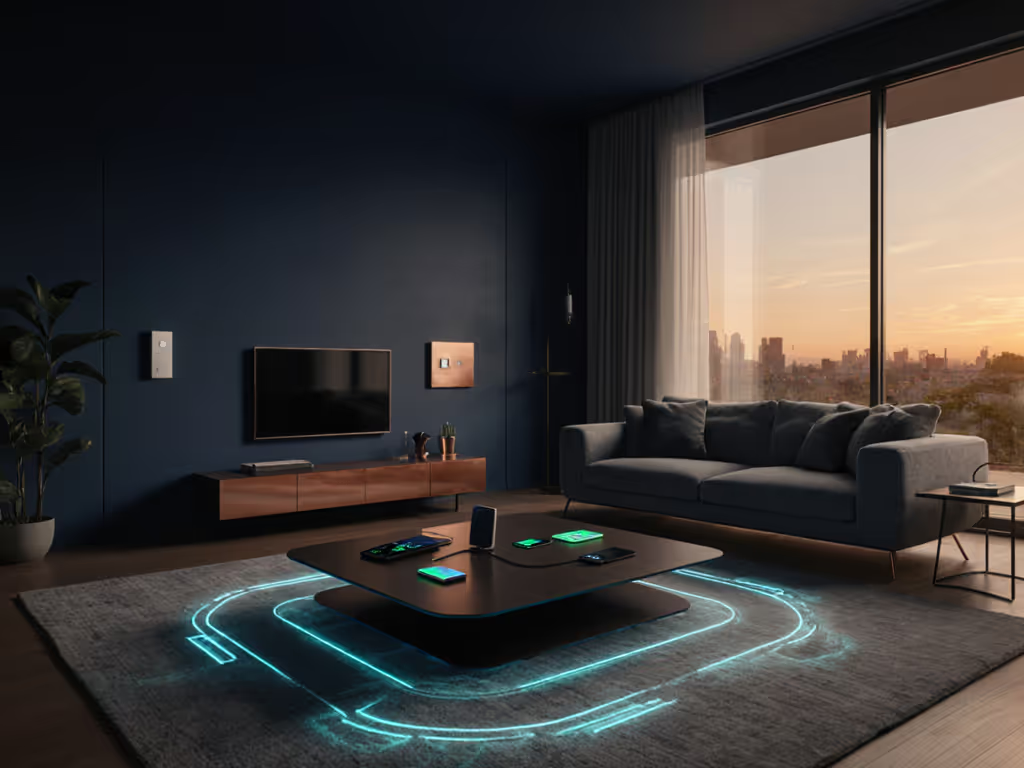
Why Clarity Beats Charging Speed
Here's my core philosophy from redesigning 200+ home-tech ecosystems: Clarity and placement trump raw specs in daily life. A 100W charger means nothing if your partner can't find it at midnight. A Qi2-certified pad fails if it's buried under clutter. After watching my dad finally exhale when he immediately docked his phone in our guest room (thanks to labeled zones and matching wood-grain pads), I realized: smart home wireless power must prioritize human intuition over technical bragging rights.
This shifts the entire approach:
- Forget wattage wars: Focus on predictable placement where devices charge incidentally.
- Ditch "set and forget": Design intentional paths where power flows through natural movement zones.
- Solve for guests first: If a visitor can't use it blindfolded, it's not ready.
Battery-free IoT devices thrive when power feels ambient, not something you "do," but something that just happens. Think of wireless charging for sensors not as a tech upgrade, but as invisible infrastructure like lighting or HVAC. When your front door sensor powers itself through the frame, it's not magic; it's intentional design.
Building Your Battery-Free Foundation Room by Room
The Entryway: Your First Line of Defense
Your entry zone is where smart home trust begins (or shatters). Start here:
- Power budget: 30W minimum (supports lock + doorbell + guest phone)
- Key zones:
- Lock zone: Embed wireless charging for sensors inside the door frame (no visible hardware)
- Guest landing: One labeled pad at elbow height with universal Qi2 compatibility
- Key drop: Integrate charging into a wooden tray (matches room aesthetics)
Make the dock obvious, so obvious a guest can find it in the dark. Use matching materials like bamboo or ceramic to signal purpose.
Living Spaces: Where Power Becomes Invisible
In shared areas, wireless charging for sensors must coexist with human activity. Avoid "charging islands" that create clutter:
- Route cables under baseboards to central power hubs.
- Place multi-device pads inside coffee tables (accessible from seating height).
- Label pads with minimalist icons: 📱=Phone, 🎧=Earbuds, 🔒=Sensors.
For ambient energy harvesting, leverage existing traffic flows. Example: Position sensor chargers near high-traffic doorways where movement triggers consistent energy capture. This isn't about cramming more tech in, it's about making existing tech disappear.
Bedrooms: Silent, Safe, and Guest-Ready
Guests fear breaking your chargers most in bedrooms. Fix this:
- Use fanless pads with <30°C surface temps (critical for battery health).
- Install dimmable LED rings that glow only when charging.
- Create "night mode" placement: Pads under nightstands, accessible via open shelving.
Test your setup like a guest: Enter the room in the dark. If you can't grab and dock your phone in 2 seconds, restart your design.
Future-Proofing for Qi2 and Beyond
Battery-free homes aren't static, they evolve. Today's auto wireless charger must accommodate tomorrow's standards:
- Prioritize Qi2/MagSafe-compatible pads (they auto-align, reducing heat by 40%).
- Choose modular hubs with expandable ports for new device categories.
- Avoid proprietary pucks; stick to universal standards for sensors and locks.
Crucially, battery-free IoT devices will soon leverage multiple power sources: ambient RF, light, and motion. To explore room-scale options for ambient RF power, read our guide to far-field wireless charging. Your foundation should include:
- Central power management dashboards (shows real-time sensor health).
- Zones with redundant charging (e.g., front door using both inductive + RF).
- Guest-friendly QR codes linking to setup guides.
This isn't about chasing specs, it's about building rooms where technology serves humans, not vice versa. When your mom's hearing aid charger, your kid's tablet, and the thermostat sensor all draw power from the same intentional ecosystem, you've achieved true harmony.
The Calm of Predictable Power
A battery-free smart home isn't defined by the absence of cords, it's defined by the presence of calm. When every device has a predictable home, your space becomes intuitive, safe, and effortlessly functional. You'll stop asking "Is it charged?" and start enjoying what technology should deliver: moments of peace.

